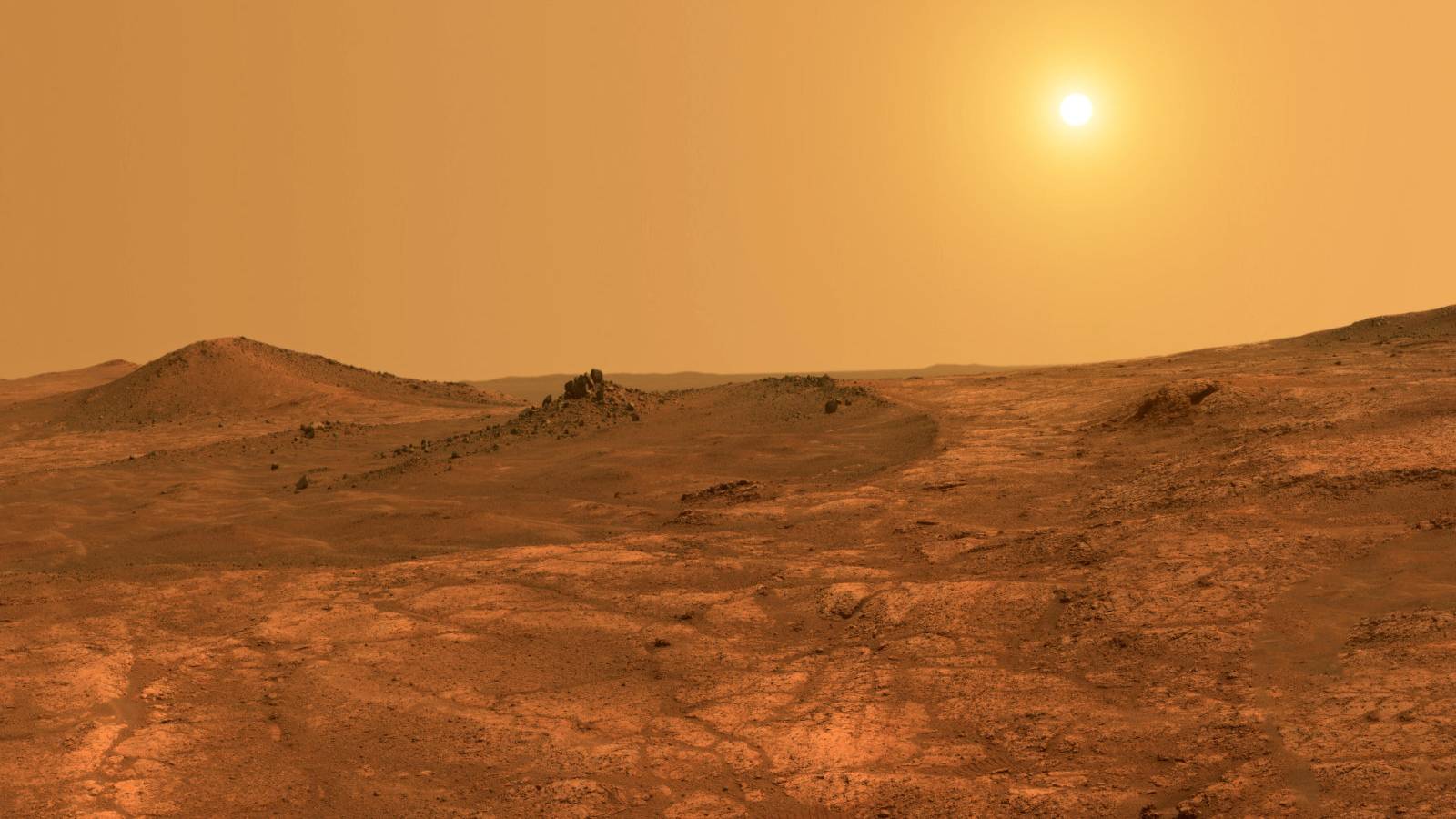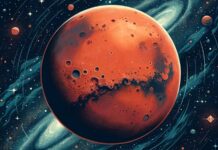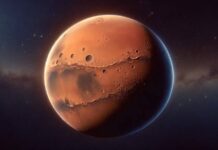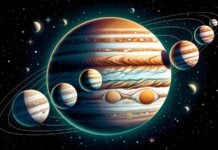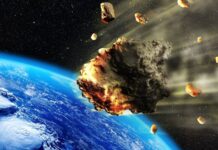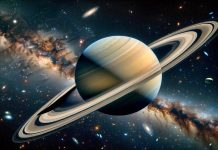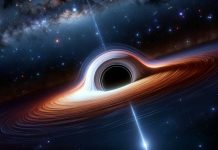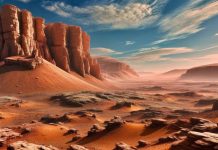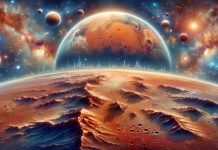Planet Mars. The whole world was stunned by a new image published by NASA for the celestial body today, and we're talking about a revelation that puts the red planet in a completely different perspective right now. The robot Curiosity is the one who sent the picture from the planet Mars, and what he recorded is a new type of rock, which the researchers named "Strathdon", it revealed that from a geological point of view there are many unknowns.
Planet Mars. You can see this rock in the image below, it was made in the Gale crater, which the robot has been exploring for some time, and the researchers were amazed by what they saw. The rock pictured on the planet Mars reveals the fact that its geological structure is much more complex than the researchers initially thought, having dozens of sedimentary layers, much more than seen in any other rock analyzed so far.
Planet Mars. THE WHOLE WORLD AMAZED by NASA's New Image
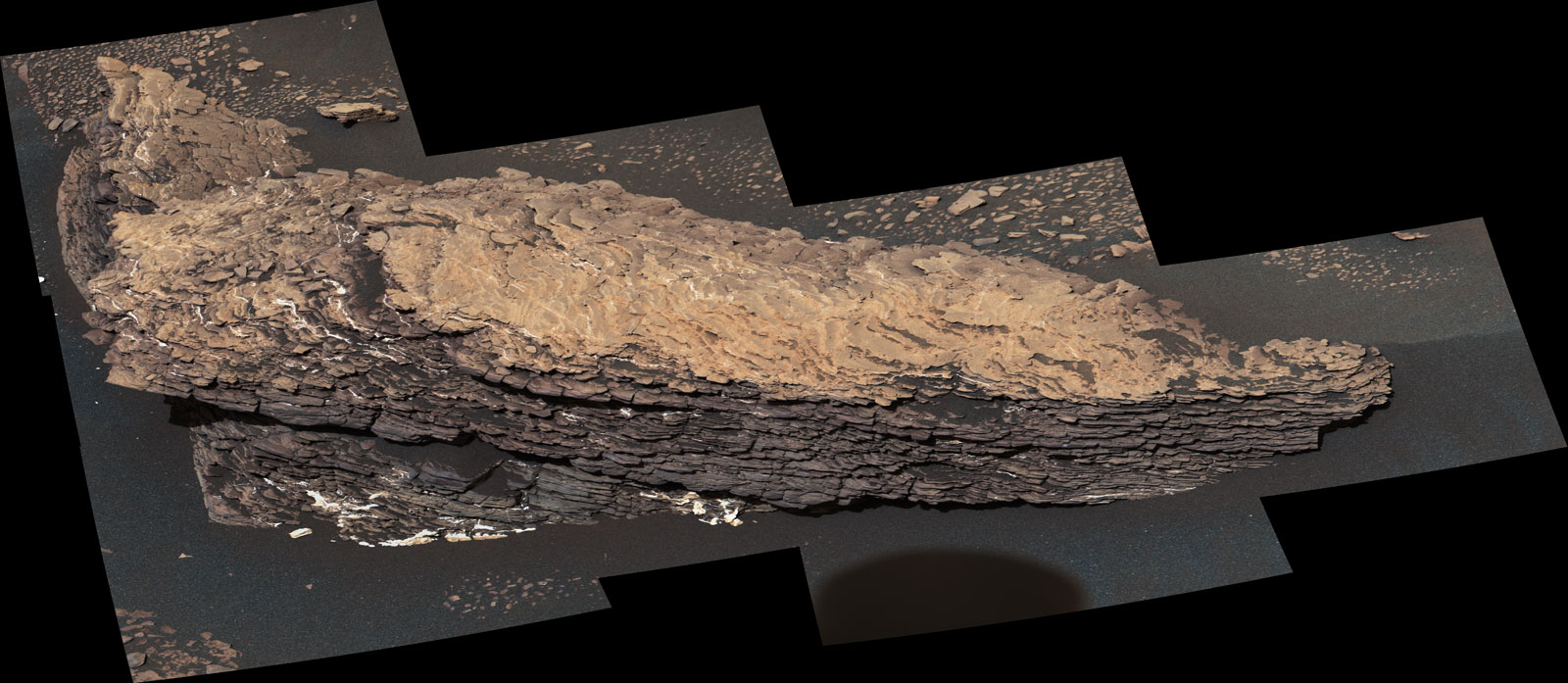
Planet Mars. The discovery is very important, because it could help NASA researchers figure out if the planet could ever support life, but also how it kept water on its surface. NASA claims that the image with this rock suggests the fact that there is a dynamic environment on the planet Mars, with water and wind being the elements that would have modified the geographical elements in that area over thousands and thousands of years.
"The rock samples the rover drilled here revealed the largest amounts of clay minerals found during the mission. But Curiosity detected large amounts of clay in other parts of Mount Sharp, including areas where MRO did not detect clay. This has led scientists to wonder what causes the differences between the orbits and the surface."
Planet Mars. Researchers go so far as to say that in rocks of this kind they can even see the evolution of ancient lakes on the celestial body, which says a lot about the level of analysis involved. NASA says that this would not have been a static lake on the planet Mars, but one that would have had multiple life forms in its center, but of course more images are needed to draw more serious conclusions.
Planet Mars. NASA's Curiosity robot has been on the planet for 7 years, and has not yet discovered life forms, but it still sends images that show how surprising the celestial body is.


